Advertorial: Old Tinsley cooling towers site powering ahead as 'renewable energy park'
and live on Freeview channel 276
The asset, which played such an important part in the city’s economic growth, is today powering an insatiable demand for electricity - and the drive to go green.
E.ON’s Blackburn Meadows plant burns waste wood that can’t be recycled and would otherwise go to landfill.
Advertisement
Hide AdAdvertisement
Hide AdA form of ‘biomass’, it has an ultra-low carbon content of 0.063 kgCO₂/kW. And E.ON says it produces 65 per cent less carbon emissions than natural gas.
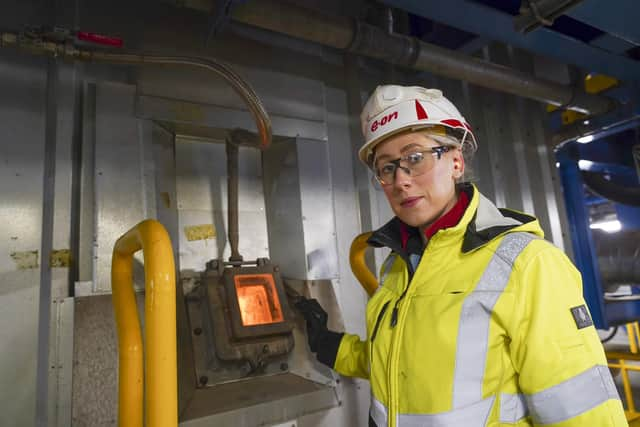

It also provides a secure, domestic source of power at a time of huge uncertainty due to the war in Ukraine. The invasion has prompted Europe to rapidly move to end its dependence on Russian oil and gas.
And president Biden said: “This crisis is a stark reminder: To protect our economy over the long term, we need to become energy independent. It should motivate us to accelerate our transition to a clean energy future.”
From that waste wood, Blackburn Meadows produces steam alongside electricity, which provides lower carbon heating for buildings across Sheffield’s east-end including IKEA, Sheffield Arena and Forgemasters.
Advertisement
Hide AdAdvertisement
Hide AdWith plenty of capacity, bosses say it could be the answer to dozens of companies which have made commitments to sustainability.
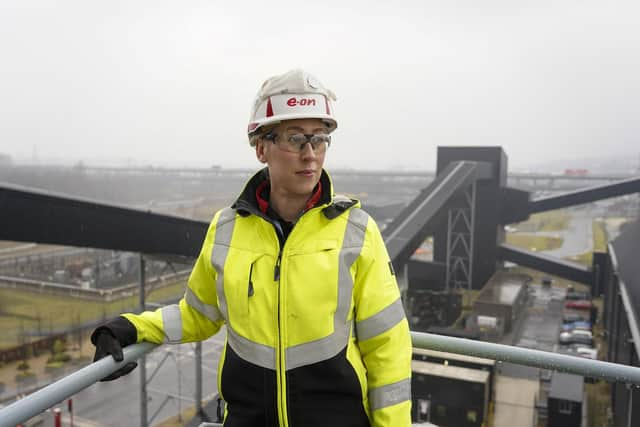

Finally, it is home to a big battery which the National Grid calls on to instantly respond to both ‘peaks’ and ‘dips’ in supply - when there is a sudden surge in customer demand or when ‘pure renewables’ are having a wobble, such as on gusty days or when a cloud drifts across the sun.
Epitomising these modern credentials is Lucy Morgan, manager of a 30-strong team, who says this renewable energy park is ‘part of the future’.
She said: “It’s about sustainable generation that’s constantly evolving. We are here to help with energy demand and security of supply, while the battery supports other renewables. It’s important now and for the future - something that we call taking action for the climate.
Advertisement
Hide AdAdvertisement
Hide Ad“Net zero ambitions have seen individuals and businesses care more about where things come from and how to protect the environment. Energy is a hot topic.”
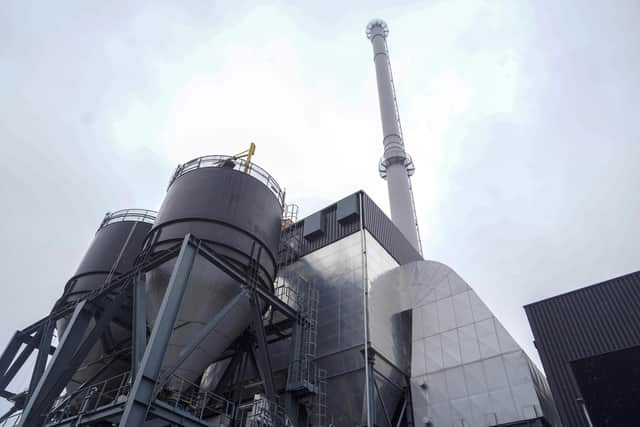

In that respect, the plant mirrors current drive to ‘shop local,’ with shorter supply chains serving neighbourhoods with greater accountability.
Lucy described it as ‘de-centralised energy production’, in contrast to the traditional set-up of a handful of huge coal or gas-fired plants miles away.
“It’s part of the push to be cleaner, smaller and closer to where it is needed,” she said.
Advertisement
Hide AdAdvertisement
Hide AdThe site produces enough power for 69,000 homes - about a quarter of Sheffield - and is the end point of a nationwide recycling operation.
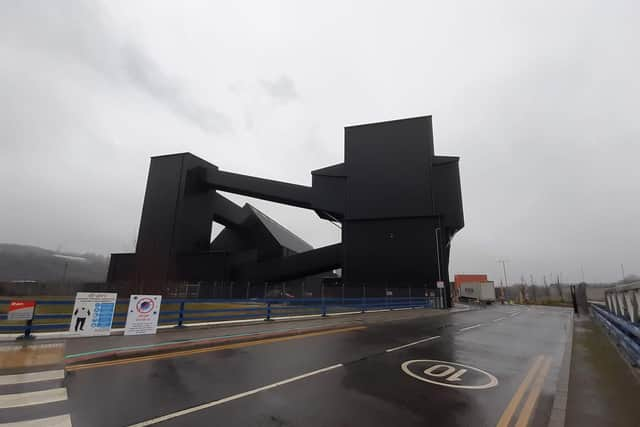

There are skips for waste wood everywhere these days, from the local tip, to schools, factories, offices, hospitals and demolition sites.
E.ON has a supplier which sorts it all out at plants in South Manchester, Barnsley and North Nottinghamshire. The low grade stuff which can’t otherwise be recycled is despatched to Sheffield in up to 30 28-tonne lorries a day. Then it is burned.
Lucy said they have a sophisticated system to clean the gases which go up the chimney which is regulated by the Environment Agency, whose demands were getting ‘more stringent all the time’.
Advertisement
Hide AdAdvertisement
Hide AdBut in a procedure that would be familiar to the Victorians, the actual electricity is produced by steam power. Superheated steam under intense pressure turns a turbine attached to a generator.
Less familiar would be the idea of using surplus steam to warm buildings in the area. This ‘district heating’ system is on offer to local companies, Lucy said.
She added: “Almost all businesses now have sustainability targets - this is a really good way to reach them. It’s a big advance, especially if they are gas fired now. It is also potentially cheaper.
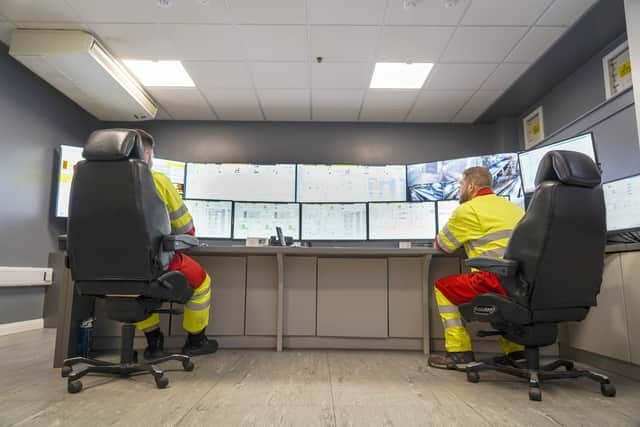

“We already have a five-mile network that runs as far as the Arena. When we get a new customer we lay pipes to them.”
Advertisement
Hide AdAdvertisement
Hide AdIn future, E.ON could take this one step further and offer electricity on a wire direct from the plant, she added.
District heating is just one source of income which includes domestic customers, the National Grid and government renewable energy subsidies.
They help maintain the site, which has challenges posed by the River Don and its propensity to flood. The car park was inundated last month but the power station stayed dry because it is built on higher ground.
The site comprises tall buildings linked by conveyors, installed by Sheffield firm Robson Handling Technology, one of several local companies that have benefited from the plant.
Advertisement
Hide AdAdvertisement
Hide AdThey, and the 300ft chimney and bright orange ‘box’ which is lit up at night, give the facility its distinctive appearance.
In a separate building on the ‘park’, Lucy shows us the battery.
Inside, it looks like a data centre with thousands of boxes the size of a hard drive ready to respond to little changes in frequency on the local electricity network.
All this activity is constantly monitored by engineers in a control room with 10 screens featuring thousands of readings from gauges, meters and sensors.
Advertisement
Hide AdAdvertisement
Hide AdThe site aims to be as self-sufficient as possible, with staff trained to fix most problems, Lucy said.
“If something breaks they can fix it,” she added. Dozens of back-up systems add to the security.
But while she is proud of the operation, she says they are on a mission to become better known.
She added: “We want to tell people about all the great things we are doing and how we can really support the transition to lower carbon in Sheffield.”
* The Star and E.ON are hosting a round table on the climate emergency at the Chimney House in Sheffield on March 30. It is free, however, spaces are very limited. Email: [email protected]